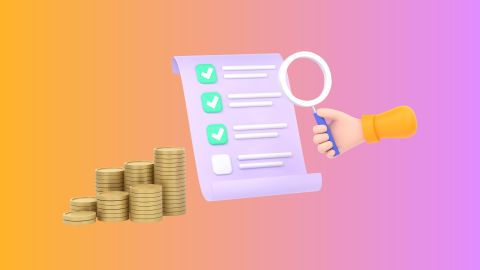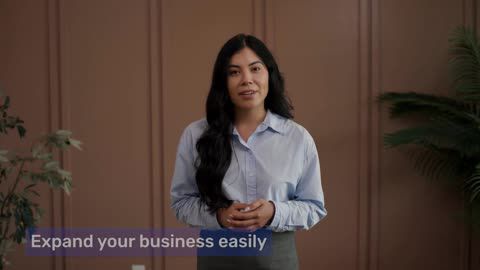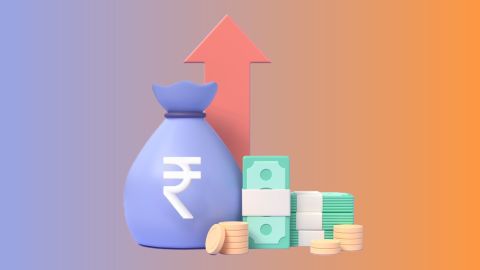What is a trademark?
A trademark is a distinctive sign, logo, name, or symbol used by a business to identify its products or services and distinguish them from those of others. In India, trademarks are governed by the Trade Marks Act, of 1999. A registered trademark provides the owner with exclusive rights to use the mark and prevents others from using similar marks that could cause confusion. Trademarks can include words, phrases, logos, and even sounds or colours. Registering a trademark is crucial for protecting a brand's identity and ensuring legal recourse against infringement.What is a copyright?
A copyright is a legal right granted to the creator of original literary, artistic, musical, or other creative works. This right allows the creator to control the use, distribution, and reproduction of their work. In India, copyright is governed by the Copyright Act, of 1957. Copyright protection is automatic upon the creation of the work and does not require registration, although registration can serve as proof of ownership in legal disputes. Copyright ensures that creators can benefit from their work and prevent unauthorised use or reproduction.Difference between trademark and copyright
| Aspect | Trademark | Copyright |
| Purpose | Identifies and distinguishes goods or services | Protects original literary, artistic, and musical works |
| Protection | Brand names, logos, symbols, and slogans | Books, music, art, films, and software |
| Registration | Required for legal protection | Automatic upon creation |
| Duration | 10 years, renewable indefinitely | Life of the author plus 60 years |
| Scope | Applies to specific goods or services | Applies to original expressions of ideas |
| Infringement | Use of similar marks causing confusion | Unauthorised use, reproduction, or distribution |
How to apply for a trademark and a copyright?
Trademark application:
- Search: Conduct a trademark search to ensure the mark is unique.
- Filing: Submit a trademark application with the Trade Marks Registry, including details of the mark and class of goods or services.
- Examination: The application is examined for any objections or conflicts.
- Publication: If accepted, the mark is published in the Trade Marks Journal.
- Registration: If no opposition is filed, the mark is registered.
Copyright application:
- Creation: Ensure the work is original and fixed in a tangible medium.
- Registration: Though not mandatory, registration can be done by filing an application with the Copyright Office, along with a copy of the work.
- Examination: The application is examined, and any discrepancies are addressed.
- Certification: Upon approval, a copyright certificate is issued.
What trademarking protects you against compared with copyrighting?
Trademarking protects against the unauthorised use of brand names, logos, and symbols that could confuse consumers. It prevents others from using similar marks that may dilute the brand's identity. Copyrighting, on the other hand, safeguards the creator's rights over original works such as books, music, and art, preventing unauthorised reproduction, distribution, and adaptation.Conclusion
Understanding the differences between trademarks and copyrights is crucial for businesses to protect their intellectual property. While trademarks secure brand identity, copyrights protect creative works. Both forms of protection are vital for maintaining a competitive edge and ensuring the originality of products and services.Know about the Bajaj Finserv Business LoanHere are some of the key advantages of a business loan from Bajaj Finance that make it an ideal choice for your expenses:
- Rapid disbursement: Funds can be received in as little as 48 hours of approval, allowing businesses to respond promptly to opportunities and needs.
- Simplified application process: Online applications streamline the process, reducing paperwork and saving time.
- Competitive interest rates: The interest rates for our business loans range from 14% to 25% per annum.
- Flexible repayment schedules: Repayment terms can be tailored to align with the business's cash flow, helping manage finances without strain. You can choose a tenure ranging from 6 months to 96 months.




